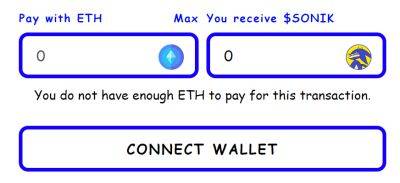Is 2023 the year we’re able to take control of our data?
Although true control is limited in the digital age, our relationship with big tech and big media can be parasitic. During the mobile revolution, users traded away autonomy for convenience, and in hindsight, we should have looked deeper into the Terms of Service.
The New York Times unveiled the uncomfortable truth that millions of people are sharing data without their explicit consent constantly. Countless websites and social platforms have also been fined for the collection and sale of personal data to third parties — Meta being sued for $3.1 billion as a result.
TikTok is also unable to escape the heat, having been thrust into litigation over browser data harvesting — harvesting that could potentially land a social media user in court, especially with current political and social discourse. Perhaps even more unsettling, a user can be blocked from accessing their own data in these products or even losing that data on a whim through account suspensions or deletions.
Regardless of where one stands, it all boils down to autonomy. In the Web2 world, a user has limited control over what is done with their data — whether that be preserving privacy, permanence or access — but self-sovereignty has the power to change that.
The term “self-sovereign identity” (SSI) surfaced in 2005 when Microsoft systems architect Kim Cameron described what a safe, secure data model should possess. Simply put, self-sovereignty is the concept of owning and controlling your online identity and arbitrating who can access that personal data. It also means that one’s data does not require a higher authority for validation or authentication. An Ethereum address can be self-sovereign because it can be generated without a higher authority and signatures can
Read more on cointelegraph.com






















